
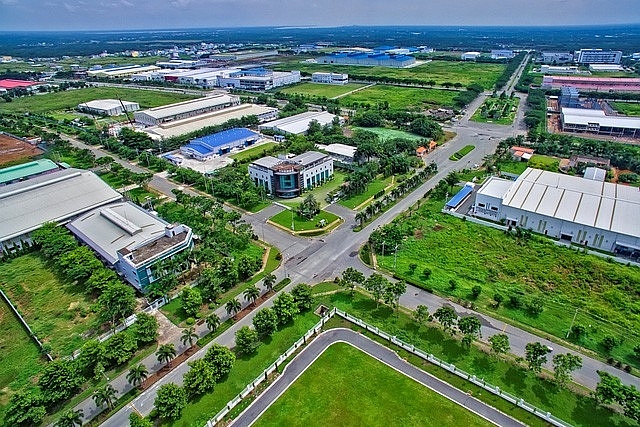
|
| The industrial property market has large development potential in the context that Việt Nam was integrating rapidly into the global economy and becoming an attractive destination for foreign investment. - Photo haiquanonline.com.vn |
HÀ NỘI – Experts are optimistic about industrial property development prospects in Việt Nam, given the country’s rapid integration and improving investment climate.
Economic expert Lê Xuân Nghĩa said that Việt Nam was part of a number of free trade deals, which together with the Government’s open policies, made Việt Nam an increasingly attractive destination to foreign investors.
Despite a fall in foreign direct investment (FDI) inflow in February when the novel coronavirus (COVID-19) started to become serious, the potential for industrial land development was huge in the long term, Nghĩa said.
Statistics from the Foreign Investment Agency showed that Việt Nam attracted US$5.3 billion worth of registered FDI in January, up 180 per cent over the same month in 2019, but only $1.1 billion in February.
Nghĩa said that the impacts of the COVID-19 pandemic on the property segment would only be in the short term as the Government was taking bold measures to control the pandemic.
Nghĩa said that it was the time for investors and businesses to prepare to make breakthroughs when the COVID-19 pandemic is over.
He predicted that Việt Nam would see a strong recovery in production and consumption after the pandemic.
John Campbell, head of Industrial Services at Savills Vietnam, in an interview with Kinh Tế & Đô Thị newspaper, said that free trade agreements (FTAs) were making Việt Nam an attractive destination for FDI inflow, especially the European Union – Việt Nam FTA (EVFTA).
He said that many investors were confident the EVFTA would accelerate investment in production in Việt Nam, which would also push up the development of the industrial property segment.
He predicted an increase in demand for industrial property from European producers in the next two years, adding that the penetration of European producers into Việt Nam would increase competition in the quality and prices of industrial property.
At the moment, the COVID-19 pandemic was causing worries about labour shortages and disruptions to supply chains, and its impacts on the global economy would be significant, he said.
Still, Campbell remained positive about the development of the industrial property segment in the next two years.
“We need some time for the industrial property market to get back on track after the COVID-19 pandemic,” Nguyễn Hồng Vân from JLL Việt Nam said.
Mirae Asset Securities Việt Nam in a recent report forecast that the industrial property market would face more difficulties in 2020, but that there was significant potential for development.
The difficulty would come from the FDI sector which was forecast to see falls in exports due to the impacts of the global slowdown.
However, this segment would see increase in supplies, partly due to the conversion of land leased by rubber companies, estimated at more than 7,000 hectares, into industrial land, the company pointed out.
The company cited statistics that there were 326 industrial zones throughout the country with a total area of more than 95,500 hectares, more than 65,500 hectares of which were industrial land. In addition, more than 13,000 hectares of industrial zones in the northern region and 18,000 hectares in the southern region would be put into operation soon. - VNS
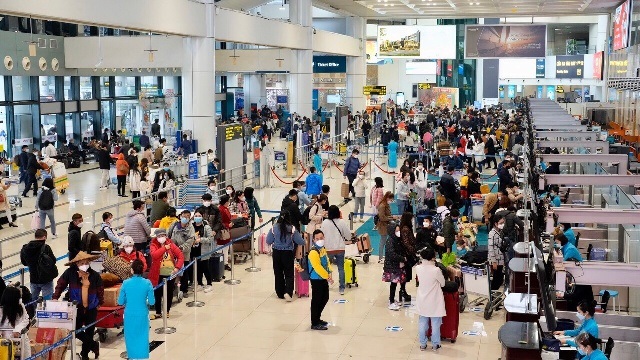
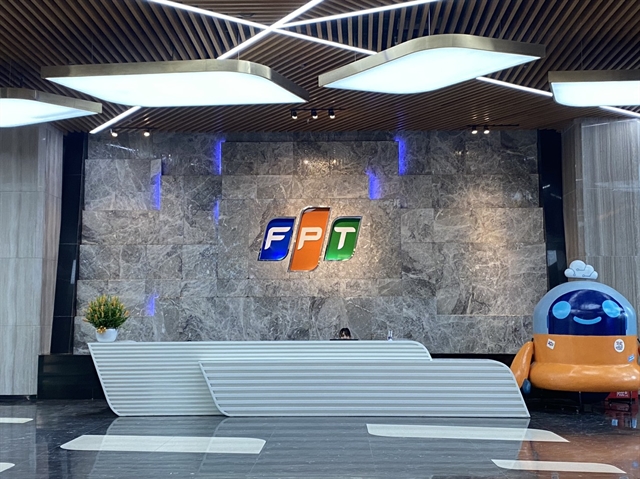


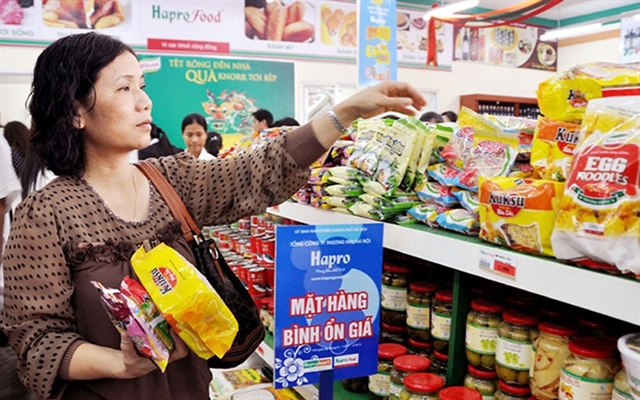
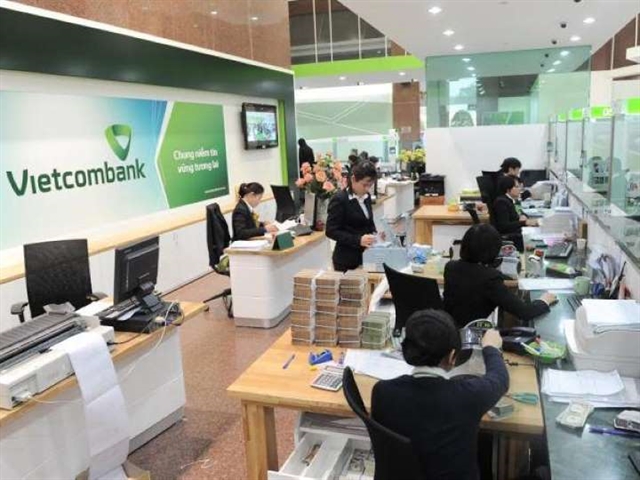

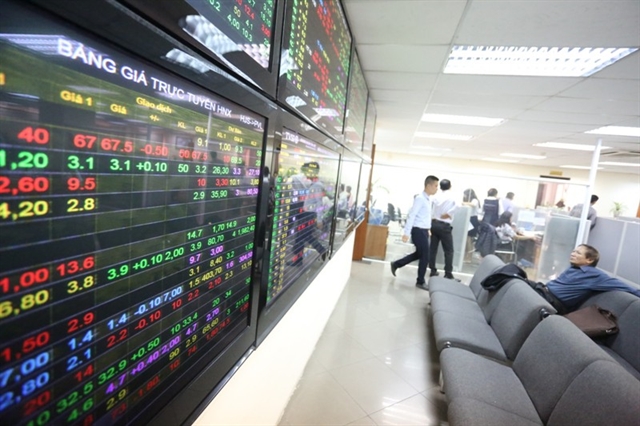
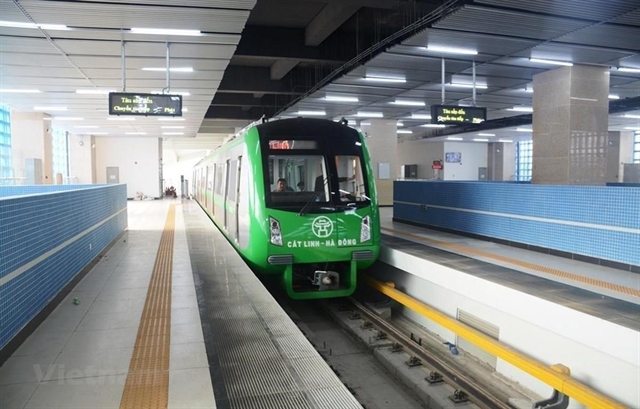

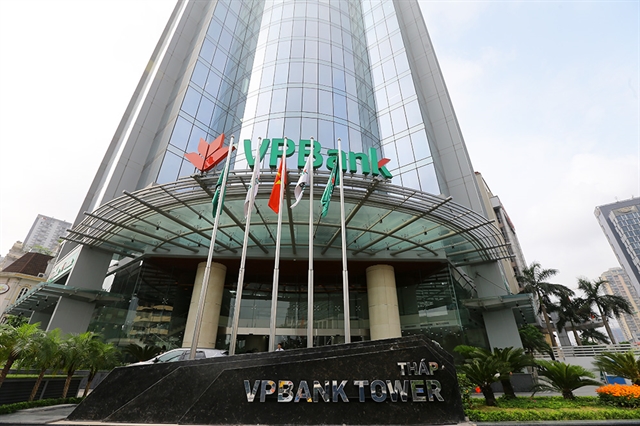
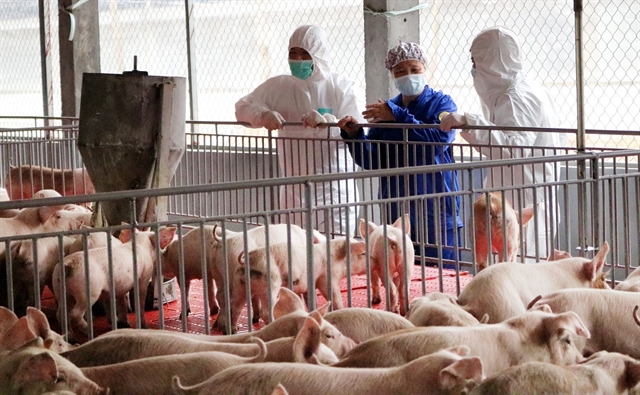
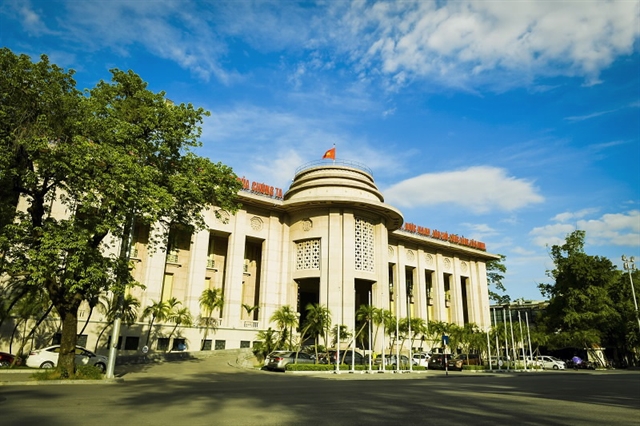



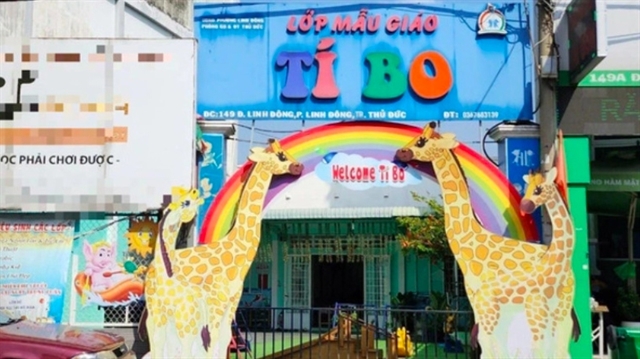
.jpg)




.jpg)



